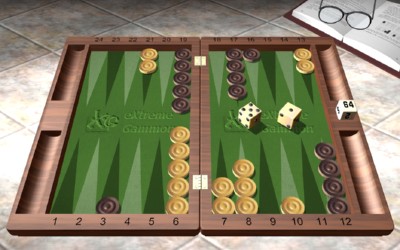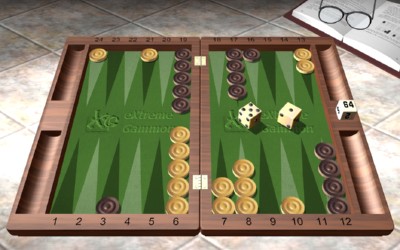Cash game. Center cube. White on roll.

Position (a): White to play 5-1.

Position (b): White to play 5-1.
In the opening, plays that hit blots or make key points tend to easily dominate all other maneuvering plays. Interesting choices, however, arise when both plays are available. Do you hit, or do you make a point?
Five simple rules guide most of these plays.
(1) The stronger your inner board, the more you want to hit and the less you need to make an additional point.
(2) The better the point you can make, the more you want to make it.
(3) If you can make a point while unstacking, your desire to hit goes down.
(4) If you have to break a good anchor to hit, your desire to hit goes down.
(5) If you have a vulnerable, exposed blot, your desire to hit goes up.
These two positions illustrate the relative importance of rules (4) and (5). Note that in both parts of this problem, points (1) through (3) all suggest making the 5-point as the better play. White has a weak inner board, the 5-point is the best point available, and he can make the 5-point while also unstacking the 6-point.
In part (a), the decisive criterion is that White now has a great anchor on Black’s 4-point, and to hit, he’d have to break that anchor. So making the 5-point is clear, and in fact every hitting play is just a blunder.
In part (b), however, the picture changes. Now White has no anchor, so hitting doesn’t cost him an asset. In addition, making the 5-point now leaves the checker on the 21-point exposed to nine pointing numbers (11, 22, 44, 54, 52, and 42) plus some annoying double-hits (23, 43, 53). In addition, Black gets great diversification because his escaping numbers (all sixes) don’t duplicate his other good numbers. Hitting becomes essential for White both to gain ground in the race and to protect his otherwise vulnerable blots. In fact, making the 5-point now becomes a blunder!
After hitting in part (b), how should White play the ace? The right play is 16/15, because it duplicates Black’s threes: Black now needs threes to hit in the outfield and threes to anchor.





